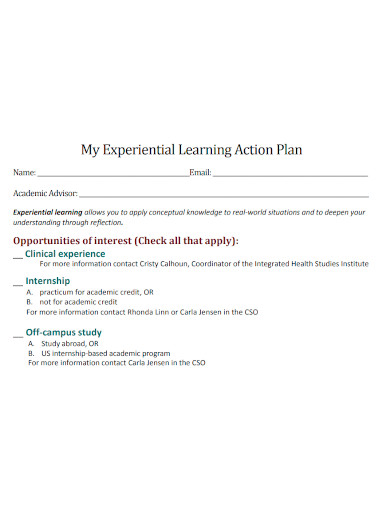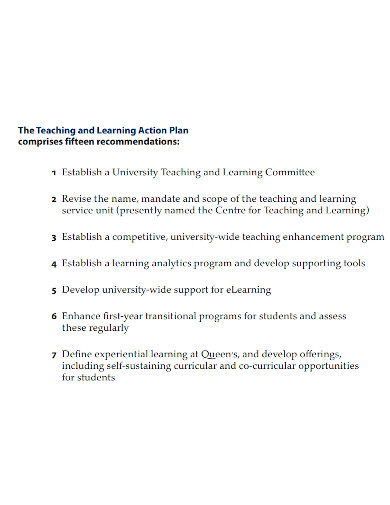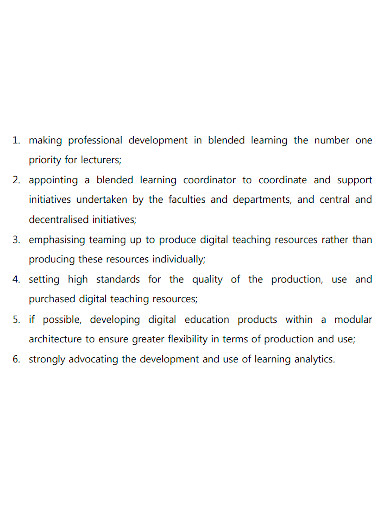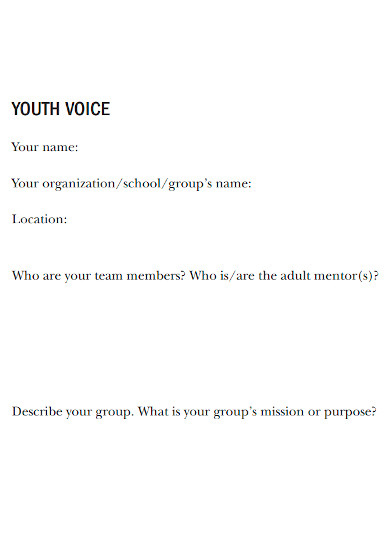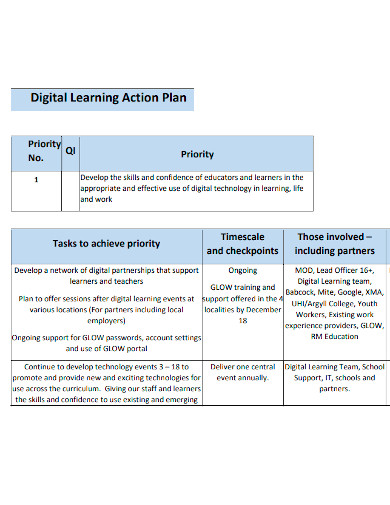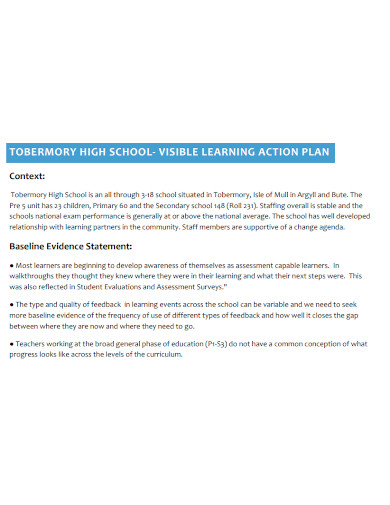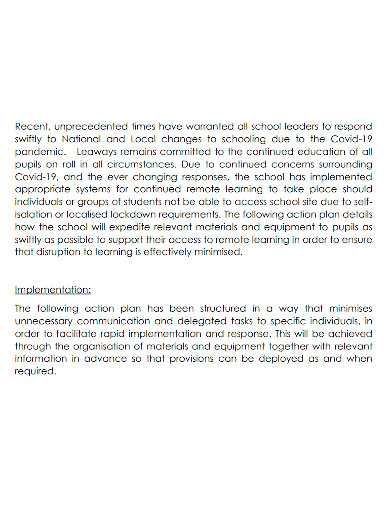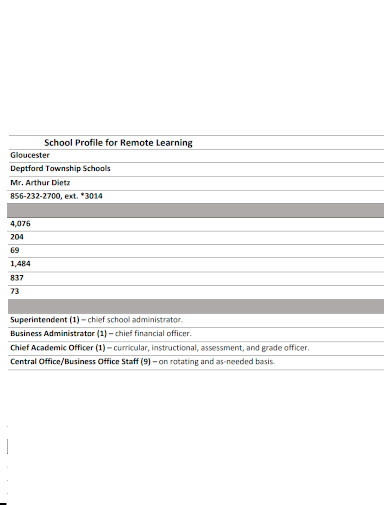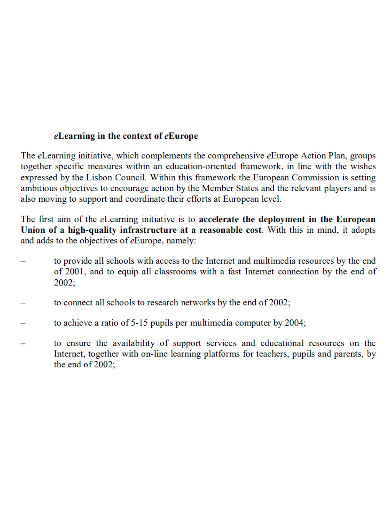The end goal for every learning professional is to not just improve the student’s learning but to elicit application of the learning back on the field. Essentially, whatever theory they learn, they will be able to apply that theory and convert it to practical and actual use. This is a whole process that’s also known as learning transfer, where what is learned in the learning intervention is applied to an actual setting, where that theory is required to be put to action. But the instances of this process being effective is actually really rare. Estimates suggests that only 10-25% of the training leads to practical learning transfer. However, there is something that a learning professional like you can do. Developing a learning action plan.
The reason behind the constant waning of the actual learning transfer for students is environmental noise. Distractions. Every after a learning session, they immediately get distracted by whatever things they may have in their immediate vicinity, leaving no opportunity for them to think about what they can do to turn their learning into tangible improvements or actual skills. Learning action plans mitigate the environmental noise and keeps the training message as clear as possible. Learning action plans have been shown to increase attention during classes and improve performance scores on on-the-job trainings or practical exams. To learn more about the structure of a learning action plan, and just to have a better idea of what they are, check out these learning action plan samples listed below that you can use to study or as a guide for the writing process.
10+ Learning Action Plan Samples
1. Learning Action Plan Sample
2. Project Based Learning Action Plan
3. Teaching and Learning Action Plan
4. Blended Learning Action Plan
5. Service Learning Action Plan
6. Digital Learning Action Plan
7. Blank Learning Action Plan
8. Visible Learning Action Plan
9. Remote Learning Action Plan
10. Professional Learning Action Plan
11. Editable Learning Action Plan
What Is a Learning Action Plan?
Action plans are documents that contain detailed and strategic outlines for any sort of project and project implementation. Action plans can be used for the completion of any project that varies in scale, shapes, and sizes, it really doesn’t matter, if you want your project to reach the goals you’ve set, then developing an action plan is the best step you could take.
Generally, a learning action plan is a written document that enumerates and describes the steps that learning professionals, supervisors, training professionals, co-workers, and sometimes even employers to maximize their learning transfer. The document is initiated prior to the actual training intervention to make sure everyone who participates in the learning process, or are students, is involved from the beginning. The plan is somewhat a ‘live’ document as it’s continuously refined during the whole training duration and is not really completely done until after the learners are actually successful with the learning transfer.
How to Write a Learning Action Plan
From the looks of it, developing an action plan might be a relatively easy task, but don’t underestimate the writing process as there is significant challenge in knowing what you want to see as an end result and to explain and visualize it concisely for your learners to understand. There are key factors you have to consider when writing your own learning action plan, these key factors will be discussed in more detail below.
- Clarity
Learners have to be clear on what they want to achieve and what they want to do or become after the whole learning intervention. Knowing your goal per se. A learning action plan should prompt the learner to reflect upon whatever they are learning and define the steps they are willing to take ownership off to reach their goals. A poorly thought out goal is hard to achieve, and without proper definition, there is no definite way to know whether progress has been made or not. - Desire
Gaining a better understanding of what and why we want it helps with formulating in our mind how we get it. You have to have a burning desire to improve your training and is currently looking for practical methods. With your desire set in stone, you are more likely to take and follow through the steps in your learning action plan. - Support
Human beings are social creatures. We constantly look for interaction with others, it doesn’t have to be intimate, or companionship. Just any casual interaction will do. Organizations and teams, or businesses, corporations, these are living organisms that are constantly changing ang filled with life brought by people’s constant and countless interactions throughout the day. People require help from others, and it’s the same thing with learning. A good support system can drastically make things easier and can even give you the motivation you need to move forward. - Action
Now that you’ve defined the what, why, and who. It’s time to figure out how. What actions are you willing to take and how will it change based on different circumstances? Try and think about you going through your plan. Is it tangible? Doable? What sacrifices are you willing to make to give time for your learning process? These questions and more are the sort of questions that you have to ask yourself. To gauge whether you really are up to the task or not.
FAQs
What is a training plan?
A training plan is a document that is used to communicate to the management and other stakeholders several important details of the proposed training program. An authorized training plan should give the development team to expend resources for the development and implementation of the program.
What are the five SMART objectives?
Specific. Measurable. Achievable. Realistic. and Timed.
What are the three types of goals?
Process goals. Performance goals. and Outcome goals.
The learning action plan is considered to be the most psychologically important tool for a learning professional, as well as for the learner’s to use as a leverage for accountability, social commitment, and goal setting. The tips and templates provided above should make the setting up process relatively easy and you could use some templates and add your own flavors as well. Encourage your learners to submit their learning action plans to you and prompt a discussion about their overall learning experience and the support needed to turn that learning into practical, tangible skills.
Related Posts
FREE 10+ Healthcare Corrective Action Plan Samples in PDF
FREE 10+ Manufacturing Corrective Action Plan Samples in MS Word | Google Docs | Apple Pages | PDF
FREE 10+ Project Corrective Action Plan Samples in MS Word | Google Docs | Apple Pages | PDF
FREE 10+ Business Corrective Action Plan Samples in PDF
FREE 10+ Audit Corrective Action Plan Samples in MS Word | Google Docs | Apple Pages | PDF
FREE 10+ Incident Corrective Action Plan Samples in MS Word | Google Docs | Apple Pages PDF
FREE 10+ Remediation Action Plan Samples in MS Word | Google Docs | Apple Pages | PDF
FREE 10+ Assessment Action Plan Samples in MS Word | Google Docs | PDF
FREE 10+ Workplace Emergency Action Plan Samples in MS Word | Google Docs | Apple Pages | PDF
FREE 10+ Business Emergency Action Plan Samples in MS Word | Google Docs | Apple Pages | PDF
FREE 10+ School Emergency Action Plan Samples in MS Word | Google Docs | Apple Pages | PDF
FREE 10+ Event Emergency Action Plan Samples in MS Word | Google Docs | Apple Pages | PDF
FREE 10+ Church Emergency Action Plan Samples in MS Word | Google Docs | Apple Pages | PDF
FREE 10+ Recruitment Action Plan Samples in MS Word | Google Docs | Apple Pages | PDF
FREE 10+ Earthquake Action Plan Samples in MS Word | Google Docs | Apple Pages | PDF

